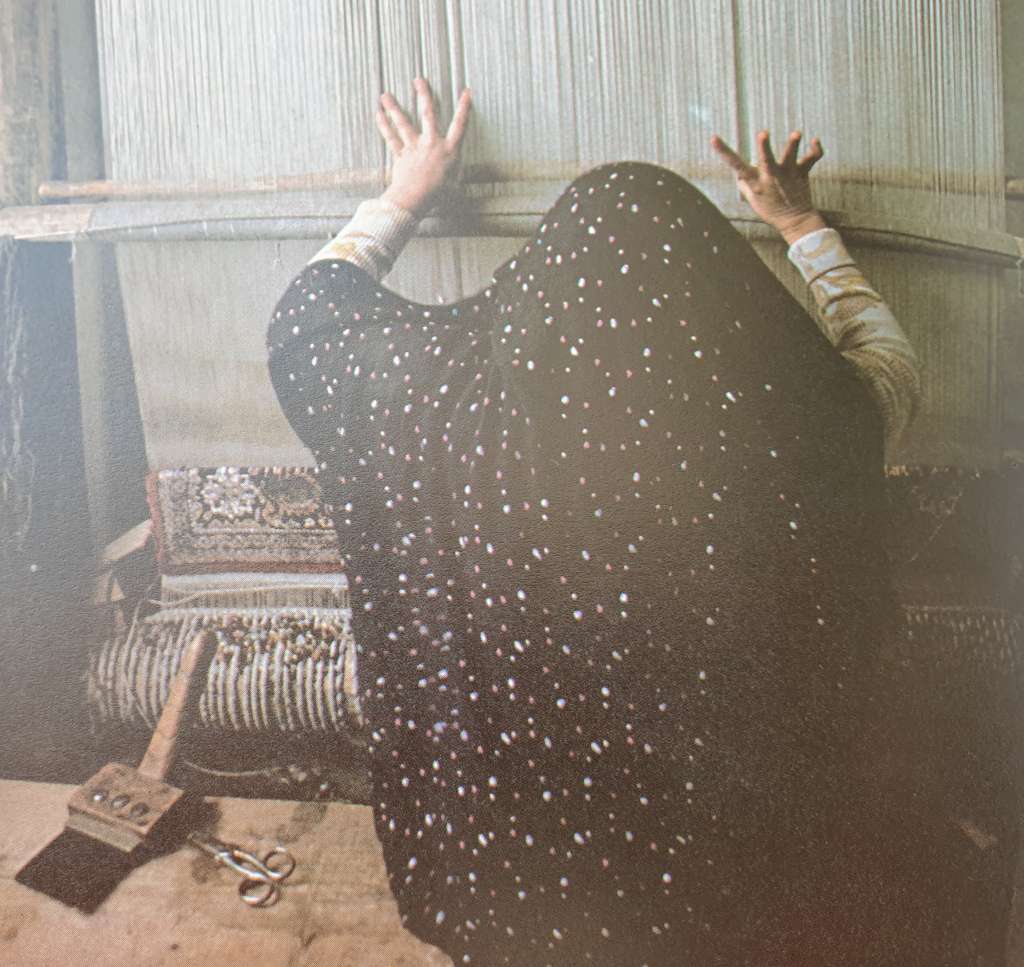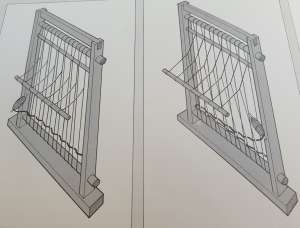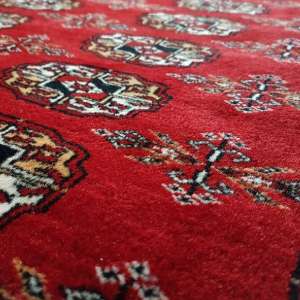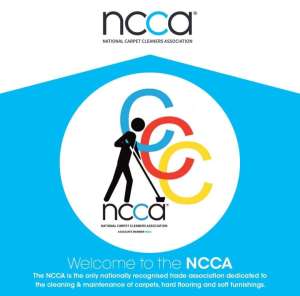Rug and carpet construction – how our carpets and rugs are created.
Lines of knots are attached on a base of warp and weft to become the carpet & rug pile (upright yarn)
The warp follows a line along the length of the carpet. The proximity of the warps dictates the fineness of the weave (for strength this is tightly spun)
After the rug is completed the remaining ends will end up as the fringes. These can be tasselled, braided, weft faced or secured using another method.
Warps are best kept at an even tension throughout the whole manufacturing process. With wefts passing over and under warps from one side to the other.
They are un plied or lightly plied. This allows tight packing which secures each row of knots.
The image below shows how rugs are traditionally made, its time consuming and the weaver requires good understanding and skill to produce a fine rug.

Rug design
Nomadic & village rug designs are generally based on old inherited designs. These have been passed down the generations and made from memory.
Symbolic and totemic associations are often the theme. Many are mutated forms derived from events and actions barely remembered.
In towns a more sophisticated and detailed designs were used. Curvilinear designs could be found often reproduced from drawings / cartoons, these were controlled by the head weaver.
Weaving looms
Most looms are of similar design when thinking of the essential details. They do however vary in sophistication and size.
Interestingly, there is no direct link with weave fineness and the quality of the loom used.
Looms simply need to provide the correct tension with the ability to separate warps into alternate sets of leaves.
A small device (shedding) enables the weaver to pass wefts between the uncrossed and crossed warps, avoiding the time consuming task of threading.
A basic type of loom is horizontal, this is often staked to the ground for support.
Wedges provide the required tension during the weaving process. This type of loom was perfect for Nomadic people as they could be dismantled and assembled easily.

Vertical looms are the weavers preferred loom as they are more comfortable to operate. The downside is they are not really portable and mainly used in ‘fixed’ manufacture.
The main benefits were no size restrictions. Larger more impressive carpet could be made. This type of loom was extremely popular in India.
The three broad groups of vertical loom – some can be modified locally in many ways.
The Tabriz loom, the roller beam loom or the fixed village loom.
The fixed village loom was found mainly in Persia, the Tabriz loom can be found in Turkey and north-east Persia.
With the roller beam loom which is very popular in again in Turkey, although its also found in India & Persia.
We all love rugs and carpets in our home, this article gives a small insight into the construction process with information about looms.
You can read more about the history of carpets & rugs

Fear not ! Don’t be concerned or avoid having your rug cleaned.
Attending courses and reading up on all aspects of our business allows us to deliver better services, particularly when we are cleaning rugs.
We are national carpet cleaners association members
This means that we are fully qualified after attending courses and passing examinations.
A serious consideration when you are thinking of having your much loved rug cleaned.

Your rug will be cleaned by a qualified and highly experienced technician.
In our fully equipped workshop with drying facilities.
Understanding how rugs are made helps with cleaning and restoration.
Careful cleaning can see your rug looking almost new again.
Please see some examples below.


